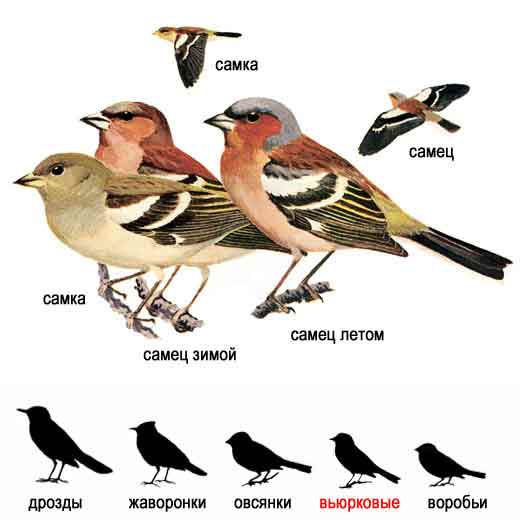|
Our
Beautiful World
|
Chaffinch, Fringilla coelebs

© http://www.ecosystema.ru/
 Chaffinch, Fringilla coelebs © www.ecosystema.ru/ The tragedy of the Chaffinch is that it is so common. Were it a
rarity, we would probably get ecstatic about the male's pink face |
 ANIMALS over 250 |
 BIRDS over 500 |
 FLOWERS over 225 |







